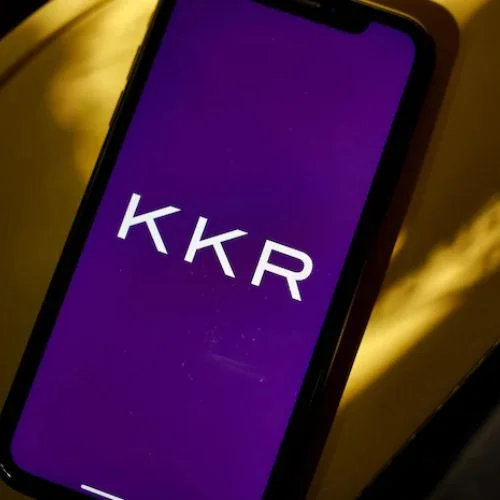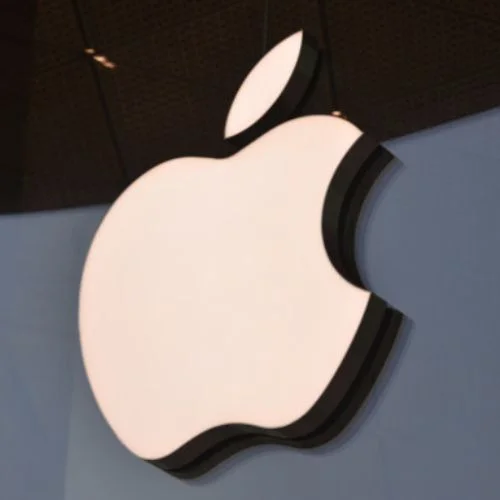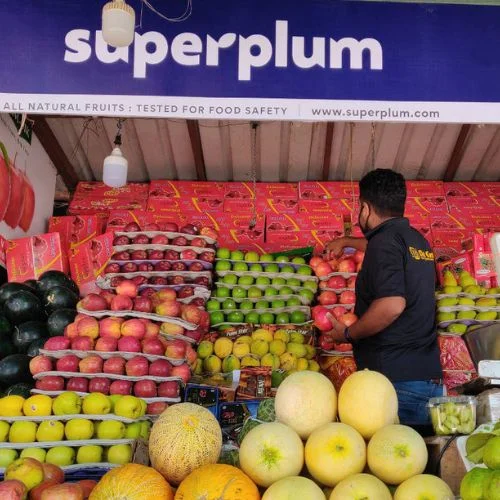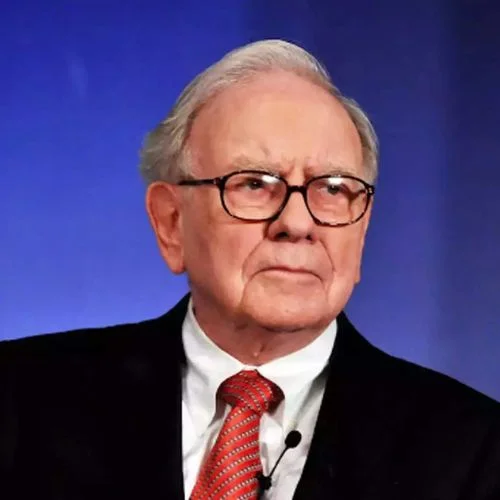The Indian Prime Minister Narendra Modi wants to push the opposing variant of taking the domestic digital payments systems global. Despite ambitious objectives of major banks in India, their inefficient technology utilization may be referred to as their greatest obstacle to these goals.
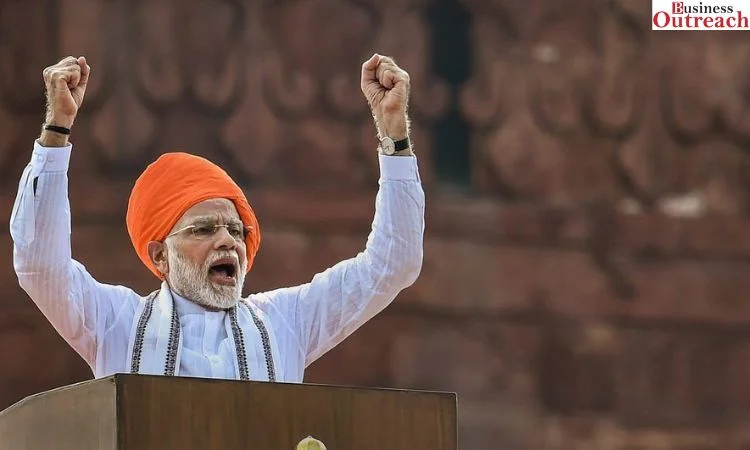
Modi, India’s PM wants to see digital finance become “a unique brand” of India. India has been luxuriously investing in digital services for the past few years so to say that only a few of Indians are now digital users would be wrong. Indians today use UPI for virtually all daily needs; starting from shopping to utility bills and all other routine chores. The system manages almost all transactions that amount to billions every month.
Actually, there are only the first visual glimpses. However, customer groups remain largely serviced by banks who have old computer systems which are incompatible with the swift increase in digital payments. It is the common issue when such old-fashioned machines experience malfunctions, so it badly affects users.
Because the Reserve Bank of India has begun to scrutinize and penalize banks, which aren’t catching up. Just recently, it found Bank Kotak Mahindra at fault and forbid it from accepting new customers or providing credit cards as a result of the current technical issues. Also, a similar situation arose in Banks like Union Bank as well as HDFC Bank.
Regulator has already sent a strong signal to banks that they will need to be up to date with the times quickly as penalty is waiting for those who don’t meet the required criteria. As well Nirmala Sitharaman , the Finance Minister, has put forward the banks to take adequate measures towards ensuring cybersecurity amid the rising online transactions. She aspire that financial system should keep uncorrupted as well as steady.
It’s not easy for banks to replace outdated tech. Upgrading complex computer systems is an expensive process that can take years. Indian banks also can’t match the big salaries offered by tech companies, making it hard to hire specialists.
Even global banks struggle with this challenge. In Singapore, DBS Group was fined after multiple digital outages last year. Keeping technology running smoothly as usage grows rapidly is a major hurdle for any bank.
Indian banks spend less than half of what global peers do on technology as a percentage of profits. For many, business has taken priority over upgrades. But this approach can no longer work as digital payments rise exponentially. Outdated systems are now a risk rather than just an inconvenience.
Consultants say while banks improved customer interfaces, core systems weren’t modernized fast enough. Meeting Modi’s global ambitions will require Indian lenders to catch up quickly on the backend. They must invest more in robust infrastructure to handle heavy transaction volumes securely into the future.
Otherwise, the Prime Minister’s dreams of making India a leader in fintech could remain just that – dreams. For digital payments to achieve their full potential, the entire financial system needs an upgrade. It’s time for Indian banks to leave outdated technologies in the past and ensure their platforms can truly keep up with Modi’s vision.










